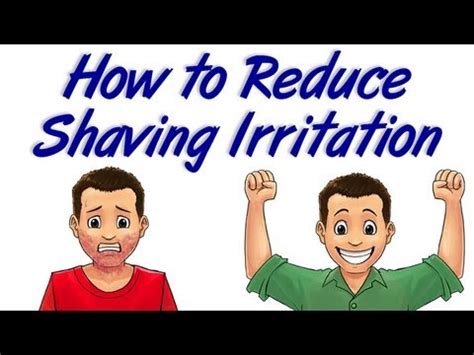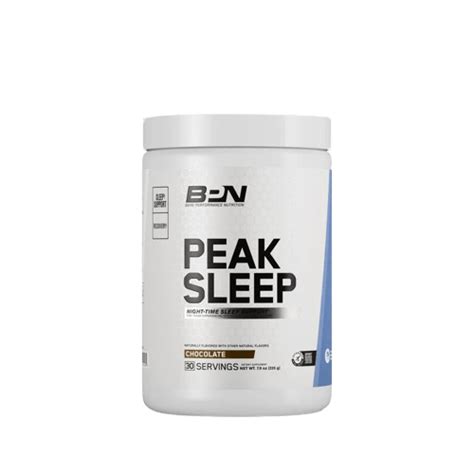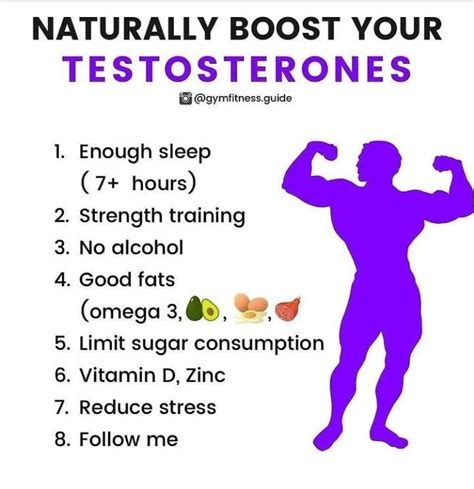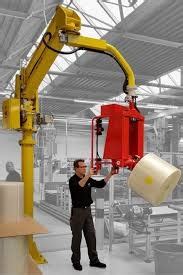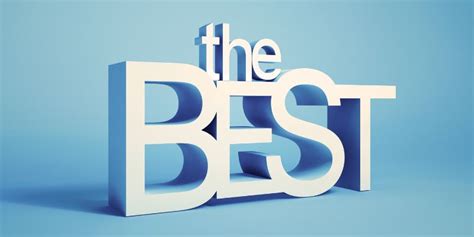What essential recovery gear optimizes sleep for peak performance?
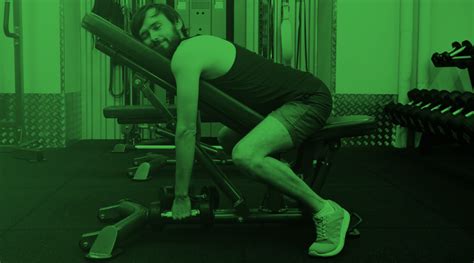
The Crucial Link Between Sleep and Performance
In today’s high-demand world, whether you’re an athlete, a busy professional, or simply striving for optimal well-being, the importance of quality sleep cannot be overstated. Sleep is not merely a period of inactivity; it’s a dynamic state where the body repairs, recuperates, and consolidates memories. Suboptimal sleep directly impacts cognitive function, physical recovery, immune response, and mood, creating a significant barrier to peak performance. Fortunately, a range of innovative recovery gear can transform your nightly rest, turning your bedroom into a performance-enhancing sanctuary.
Foundation of Rest: Mattress, Pillows, and Bedding
Your sleep environment begins with the very surfaces you rest upon. An ergonomically sound mattress that supports spinal alignment and alleviates pressure points is fundamental. Options range from memory foam to hybrid designs, each offering distinct benefits for different sleep positions and body types. Complementing this, an appropriate pillow ensures proper neck and head alignment, preventing stiffness and discomfort that can disrupt sleep.
Beyond the core support, advanced bedding can significantly influence sleep temperature and comfort. Cooling mattresses and pillows, moisture-wicking sheets (e.g., bamboo, Tencel, specialized performance fabrics), and weighted blankets are popular choices. Weighted blankets, in particular, provide deep pressure stimulation, which can reduce anxiety and promote relaxation, leading to faster sleep onset and reduced nocturnal awakenings.
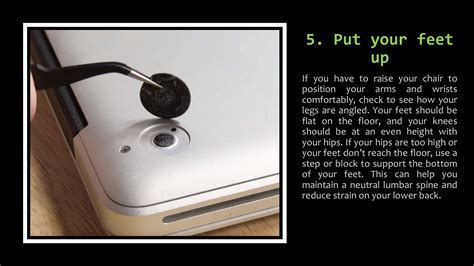
Monitoring and Enhancing Sleep: Wearables and Trackers
Understanding your sleep patterns is the first step toward optimizing them. Wearable technology, such as smart rings, wristbands, and under-mattress sensors, offers insights into various sleep metrics. These devices track sleep stages (REM, light, deep), heart rate variability (HRV), respiratory rate, and sleep disturbances. Analyzing this data allows individuals to identify trends, understand the impact of daily activities on their sleep, and make informed adjustments to their routines.
Many advanced trackers also offer personalized recommendations, guided meditations, and smart alarms that wake you during a light sleep stage, helping you feel more refreshed. Biofeedback devices, though less common for general consumers, can also train individuals to improve sleep through techniques like heart rate control and breathwork.
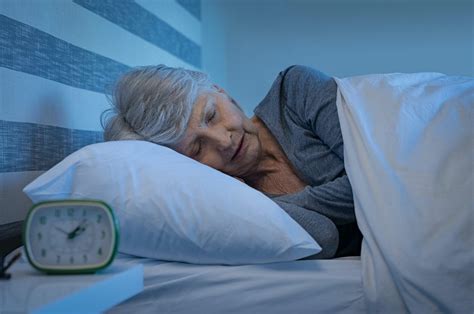
Environmental Control: Creating the Perfect Sleep Sanctuary
Optimizing your sleep environment goes beyond just the bed itself. Light, sound, and air quality play critical roles in sleep initiation and maintenance. Blackout curtains or sleep masks are essential for blocking out artificial light, which can suppress melatonin production. Red light therapy devices, used pre-sleep, are also gaining traction for their potential to support natural melatonin release without the disruptive blue light spectrum.
Noise-canceling headphones or white noise machines can mask disruptive sounds, creating a consistent auditory environment conducive to sleep. For air quality, air purifiers remove allergens and pollutants, while humidifiers can prevent dry nasal passages, both contributing to uninterrupted rest. Lastly, maintaining an optimal bedroom temperature (typically 60-67°F or 15-19°C) is crucial, as a slightly cool room aids the body’s natural temperature drop required for sleep.
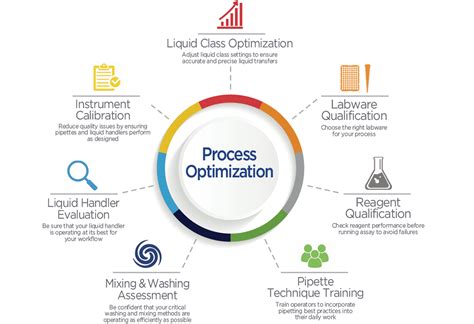
Recovery and Relaxation Aids: Preparing Body and Mind
Beyond the bedroom setup, specific gear can aid the body’s wind-down process before sleep. Compression garments, often worn after intense physical activity, can reduce muscle soreness and inflammation, speeding up recovery and potentially improving sleep quality. Similarly, specialized recovery footwear or slippers can alleviate foot fatigue.
Tools for relaxation are also invaluable. Massage guns or foam rollers can release muscle tension, while aromatherapy diffusers with essential oils like lavender or chamomile can create a calming atmosphere. Blue light blocking glasses, worn in the evening, filter out the spectrum of light known to interfere with melatonin production from screens, helping the brain naturally prepare for sleep.

The Future of Sleep: Smart Tech Integration
The convergence of technology and wellness continues to advance sleep recovery. Smart beds are now available that automatically adjust firmness, temperature, and elevation in response to your sleep patterns, providing dynamic support throughout the night. Integrated smart home systems can automate lighting, temperature, and sound based on your bedtime routine, creating a seamless transition into sleep.
Even advanced alarm clocks are evolving, incorporating light therapy to simulate a natural sunrise, or gentle vibrations to wake you without jarring sounds. The goal is to move beyond passive sleep into an active, data-driven approach to nocturnal recovery, ensuring every minute of sleep contributes maximally to your daytime performance.
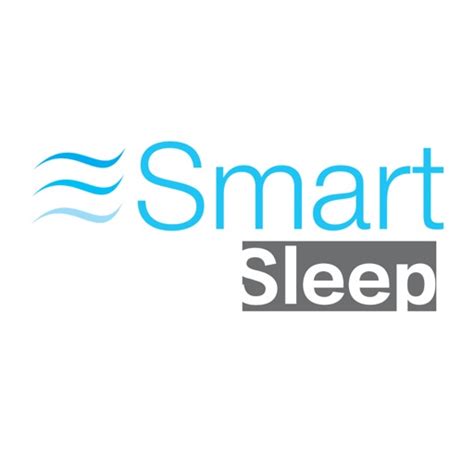
Conclusion
Optimizing sleep for peak performance is no longer a luxury but a necessity. By strategically investing in essential recovery gear, from foundational bedding to advanced tracking and environmental controls, individuals can significantly enhance their sleep quality. This proactive approach to rest not only supports physical and mental recovery but also acts as a powerful catalyst for achieving higher levels of performance in all aspects of life. Prioritize your sleep, and unlock your full potential.


